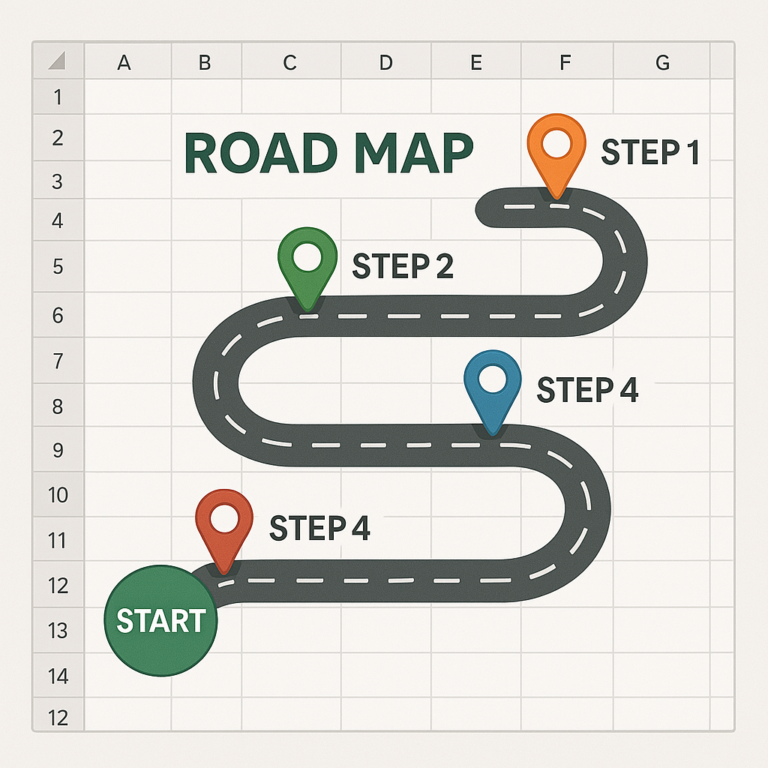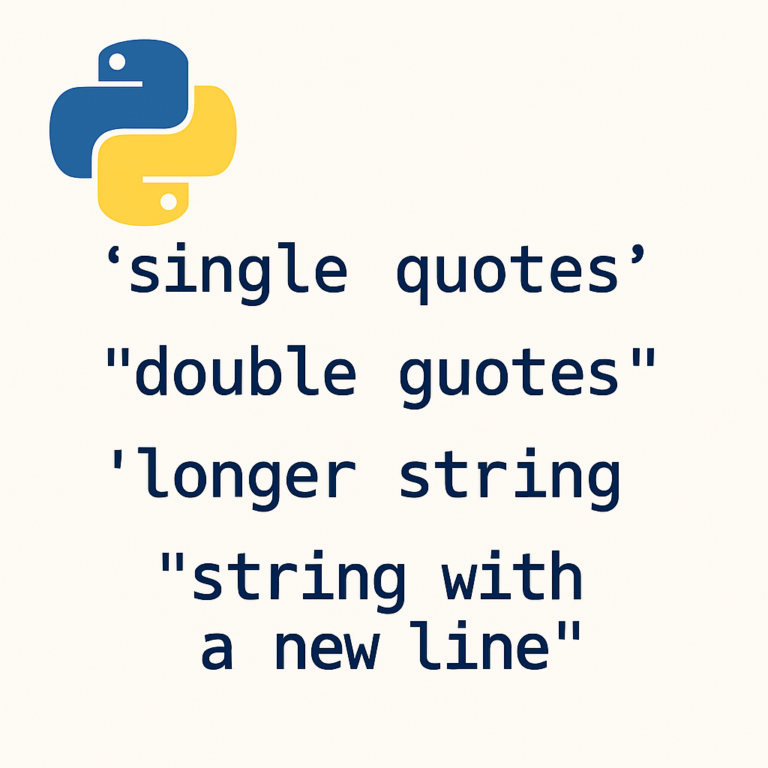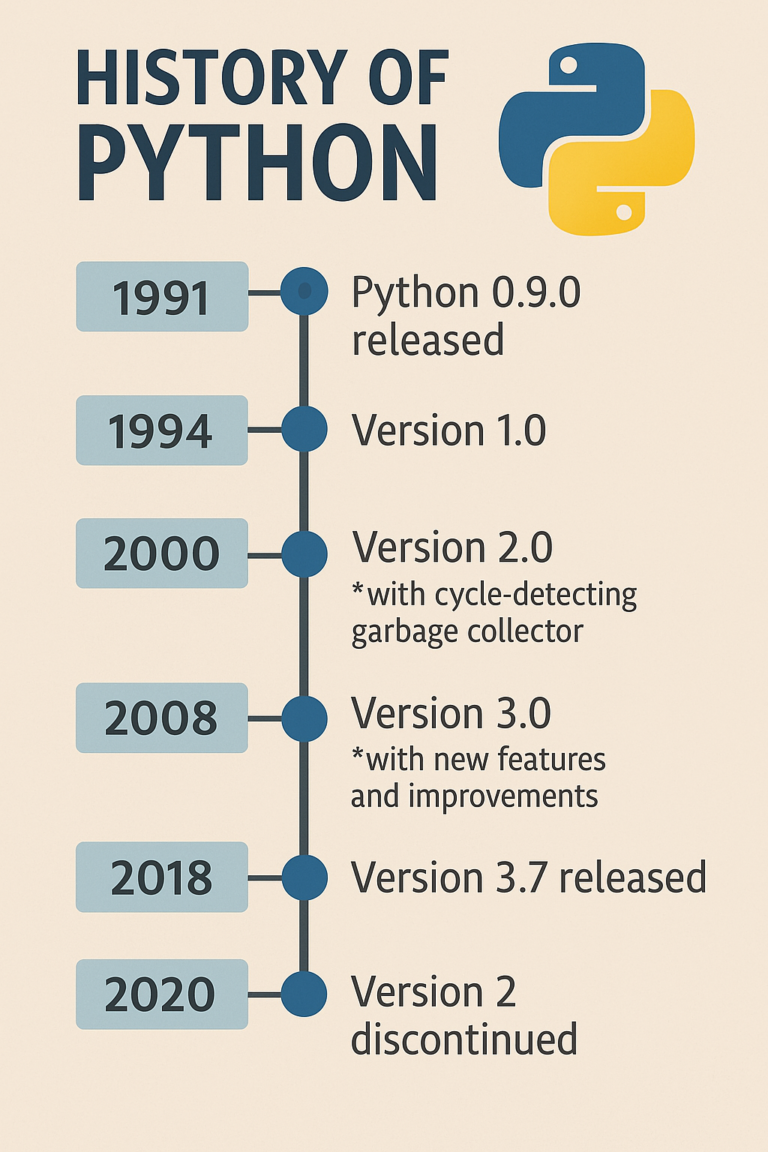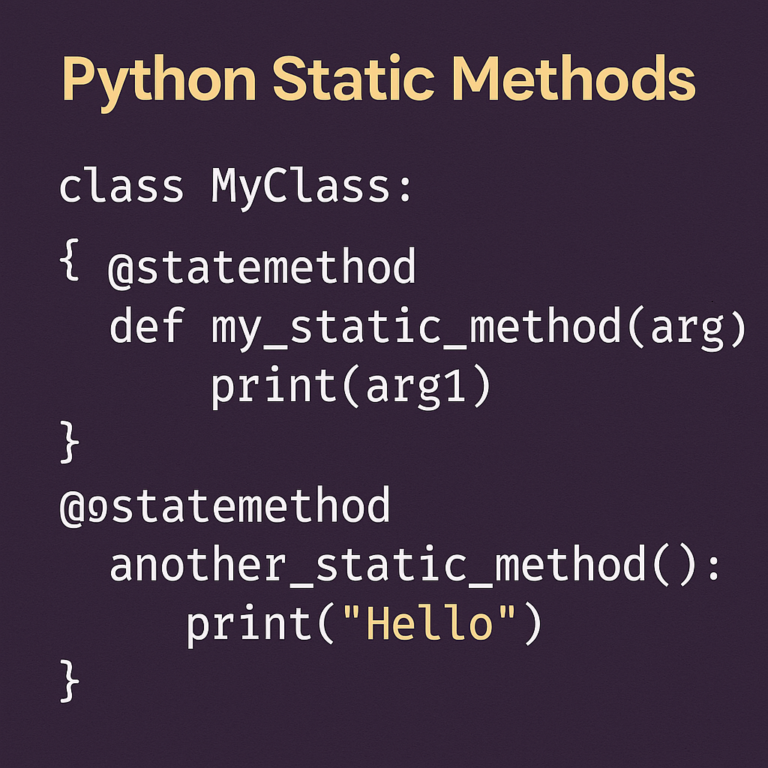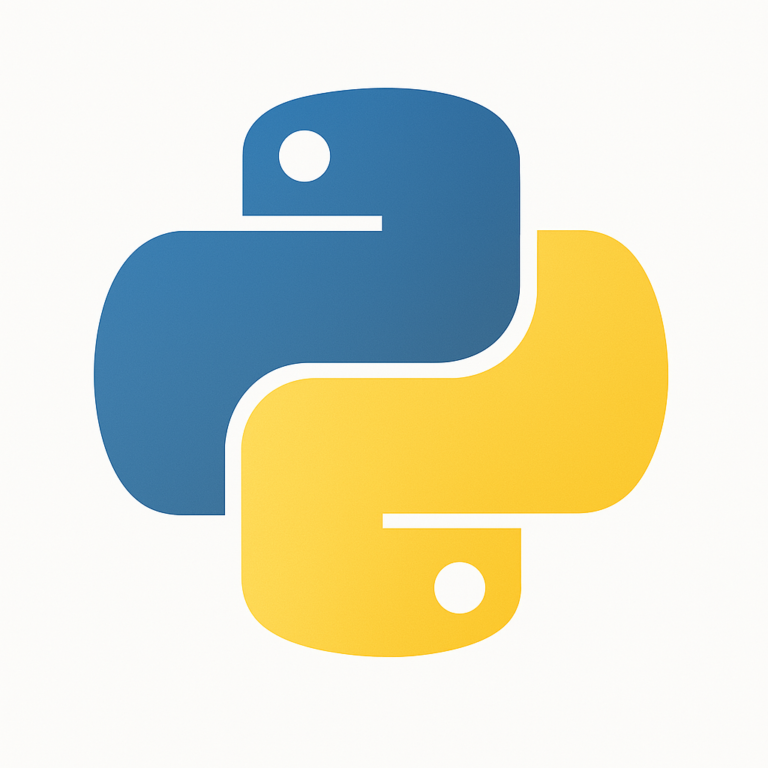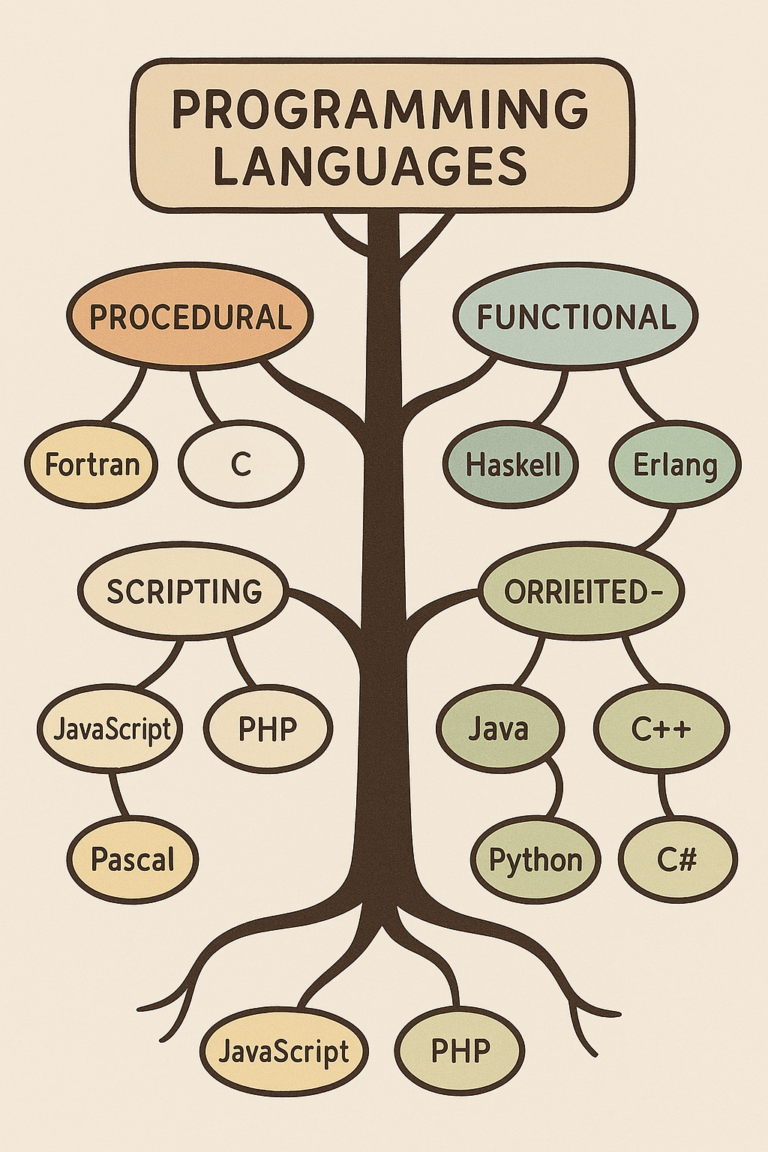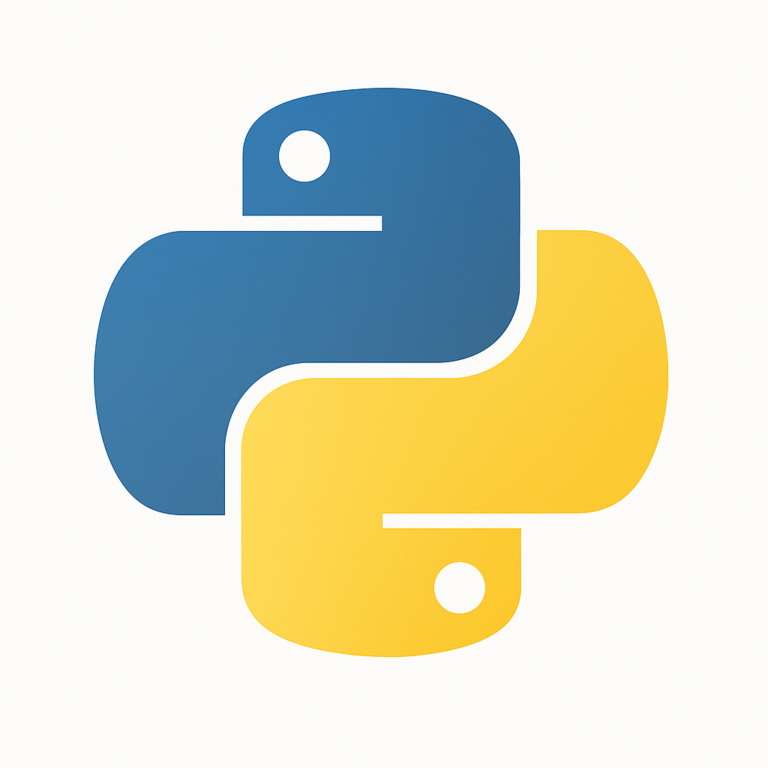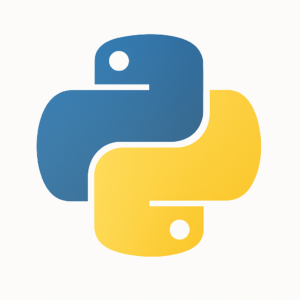
Internal working of Python: BLOG
Python is an object-oriented programming language like Java. Python is called an interpreted language. Python uses code modules that are interchangeable instead of a single long list of instructions that was standard for functional programming languages. The standard implementation of Python is called “cpython”. It is the default and widely used implementation of Python.
Python doesn’t convert its code into machine code, something that hardware can understand. It converts it into something called byte code. So within Python, compilation happens, but it’s just not in a machine language. It is into byte code (.pyc or .pyo) and this byte code can’t be understood by the CPU. So we need an interpreter called the Python virtual machine to execute the byte codes.

How is Python Source Code Converted into Executable Code
The Python source code goes through the following to generate an executable code
- Step 1: The Python compiler reads a Python source code or instruction in the code editor. In this first stage, the execution of the code starts.
- Step 2: After writing Python code it is then saved as a .py file in our system. In this, there are instructions written by a Python script for the system.
- Step 3: In this the compilation stage comes in which source code is converted into a byte code. Python compiler also checks the syntax error in this step and generates a .pyc file.
- Step 4: Byte code that is .pyc file is then sent to the Python Virtual Machine(PVM) which is the Python interpreter. PVM converts the Python byte code into machine-executable code and in this interpreter reads and executes the given file line by line. If an error occurs during this interpretation then the conversion is halted with an error message.
- Step 5: Within the PVM the bytecode is converted into machine code that is the binary language consisting of 0’s and 1’s. This binary language is only understandable by the CPU of the system as it is highly optimized for the machine code.
- Step 6: In the last step, the final execution occurs where the CPU executes the machine code and the final desired output will come as according to your program.
How Python Internally Works?
- Code Editor: Code Editor is the first stage of programs where we write our source code. This is human-readable code written according to Python’s syntax rules. It is where the execution of the program starts first.
- Source code: The code written by a programmer in the code editor is then saved as a .py file in a system. This file of Python is written in human-readable language that contains the instructions for the computer.
- Compilation Stage: The compilation stage of Python is different from any other programming language. Rather than compiling a source code directly into machine code. python compiles a source code into a byte code. In the compilation stage python compiler also checks for syntax errors. after checking all the syntax errors, if no such error is found then it generates a .pyc file that contains bytecode.
- Python Virtual Machine(PVM): The bytecode then goes into the main part of the conversion is the Python Virtual Machine(PVM). The PVM is the main runtime engine of Python. It is an interpreter that reads and executes the bytecode file, line by line. Here In the Python Virtual Machine translate the byte code into machine code which is the binary language consisting of 0s and 1s. The machine code is highly optimized for the machine it is running on. This binary language is only understandable by the CPU of a system.
- Running Program: At last, the CPU executes the given machine code and the main outcome of the program comes as performing task and computation you scripted at the beginning of the stage in your code editor
History of Python
Python is a widely used general-purpose, high-level programming language. It was initially designed by Guido van Rossum in 1991 and developed by Python Software Foundation. It was mainly developed to emphasize code readability, and its syntax allows programmers to express concepts in fewer lines of code.
Who Invented Python?
In the late 1980s, history was about to be written. It was that time when working on Python started. Soon after that, Guido Van Rossum began doing its application-based work in December of 1989 at Centrum Wiskunde & Informatica (CWI) which is situated in the Netherlands. It was started as a hobby project because he was looking for an interesting project to keep him occupied during Christmas.
The programming language in which Python is said to have succeeded is ABC Programming Language, which had interfacing with the Amoeba Operating System and had the feature of exception handling. He had already helped create ABC earlier in his career and had seen some issues with ABC but liked most of the features. After that what he did was very clever. He had taken the syntax of ABC, and some of its good features. It came with a lot of complaints too, so he fixed those issues completely and created a good scripting language that had removed all the flaws.
Why Python called Python?
The inspiration for the name came from the BBC’s TV Show – ‘ Monty Python’s Flying Circus’ , as he was a big fan of the TV show and also he wanted a short, unique and slightly mysterious name for his invention and hence he named it Python! He was the “Benevolent dictator for life” (BDFL) until he stepped down from the position as the leader on 12th July 2018. For quite some time he used to work for Google, but currently, he is working at Dropbox.
Evolution of Python
The language was finally released in 1991. When it was released, it used a lot fewer codes to express the concepts, when we compare it with Java , C++ & C . Its design philosophy was quite good too. Its main objective is to provide code readability and advanced developer productivity. When it was released, it had more than enough capability to provide classes with inheritance, several core data types of exception handling and functions.
Following are the illustrations of different versions of Python along with the timeline.

Section Title
Copyright © 2025 www.thinksmartsolutions.in | Powered by WordPress.org


